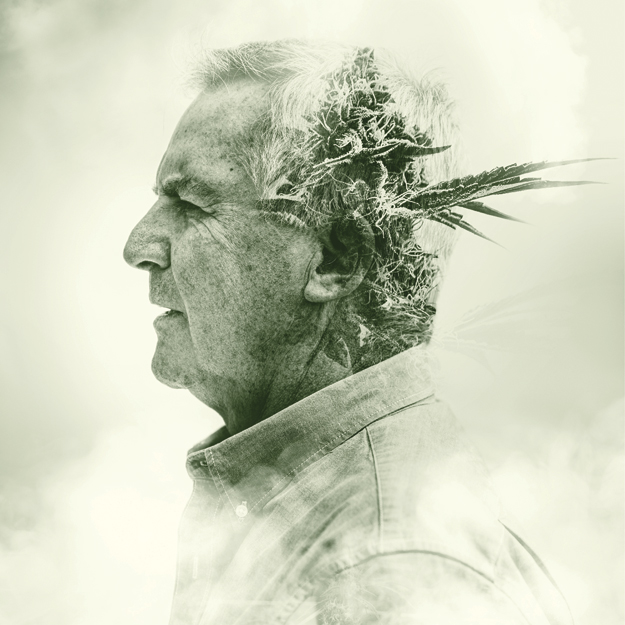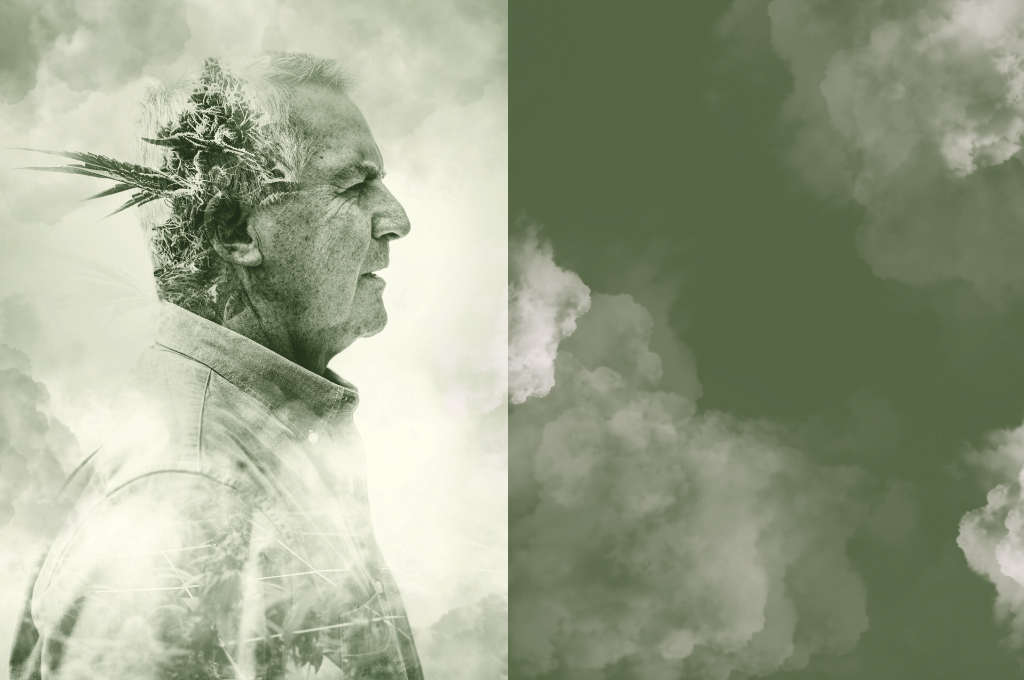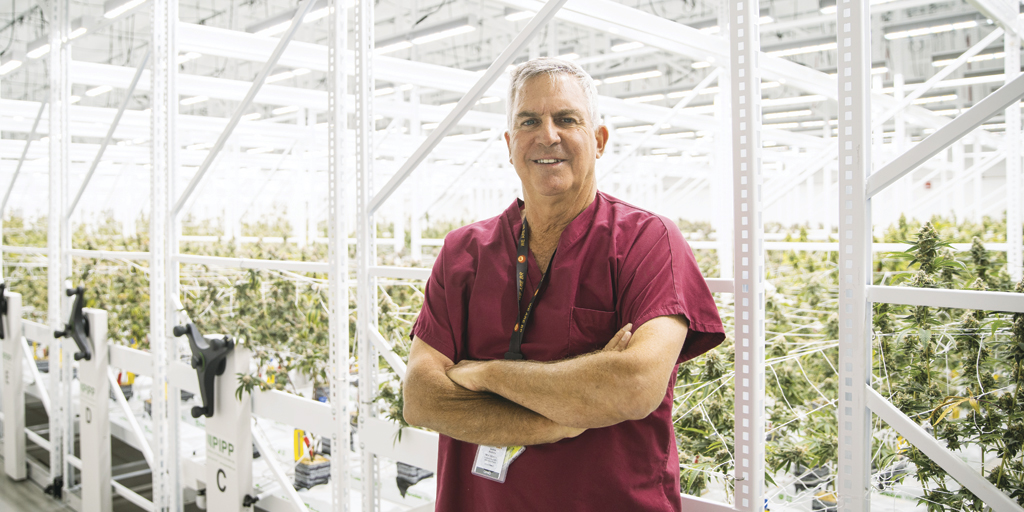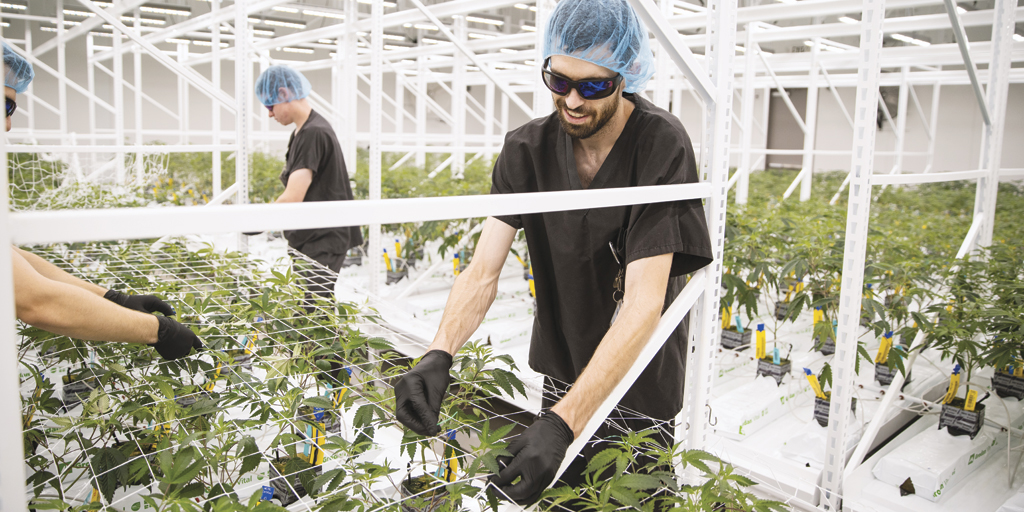Andrew Rayburn could sense the panic through the phone.
As the founder, majority investor and CEO of Buckeye Relief, he’d been working for two years to get the first large-scale marijuana cultivator in the state of Ohio off the ground.
While offsite on a mid-January Monday, he called the Eastlake facility to check in with his team. But what came through the other end of the line was a mild sense of dread.
The state of Ohio had just approved the certificates of operation for its first four medical marijuana dispensaries, with two near Steubenville and one each in Canton and Sandusky.
That was the good news. The bad news: The dispensaries were opening at 9 a.m. on Wednesday, less than two days away. Buckeye Relief needed to get hundreds of pounds of marijuana packaged, registered and shipped.
More than 3,500 patients diagnosed with a variety of conditions that could include cancer, fibromyalgia and Parkinson’s disease were registered to purchase medical marijuana and were waiting to fill their prescriptions.
So Rayburn put out an all-hands-on-deck call. Every one of his 18 employees responded, working frantically on Buckeye Relief’s first entry into the market. Job descriptions didn’t matter. Office administrators worked with growers packing dried marijuana flowers into vials, which had to have a tamper-evident seal, proper labeling and registrations to meet state requirements.
“I put a T-shirt on and went back and joined everybody and made sure I had the least dangerous job so I couldn’t screw anything up,” Rayburn says. “I think I was putting the caps on the jars.”
Rayburn ordered pizza and the pace continued for hours.
“I’m not sure that everybody even went home,” says Rayburn.
Since that first frenzied shipping day, Buckeye Relief has become Ohio’s first licensed marijuana growing facility to harvest and send flower to dispensaries, making Rayburn one of the most influential and important business owners in Ohio’s medical marijuana industry.
His 60,000-square-foot facility in Eastlake boasts 25,000 square feet for growing marijuana alongside rooms for drying, testing and packaging and a state-of-the-art hydroponic watering and fertilizing system. But success didn’t happen overnight, with Rayburn not seeing a profitable month until this August. With governmental delays, the state has been slow to become a leader in the medical marijuana industry.
But as the first president of the Ohio Medical Cannabis Industry Association, Rayburn is in the rare position to make an impact on a budding field.
“The business is unique, and it’s a startup,” he says. “There’s a lot of frustration and challenge and success and exhilaration.”
With more than 15 harvests completed, Buckeye Relief continues to push itself to learn the business’s best practices. This includes conducting ongoing research on CBD products, expanding its offerings to include Wana gummies made with a Colorado partner’s proprietary formula and chocolates made in an on-site kitchen.
“It’s really fascinating being a part of a brand new industry in the state,” Rayburn says. “We’re literally figuring it out as we go.”





